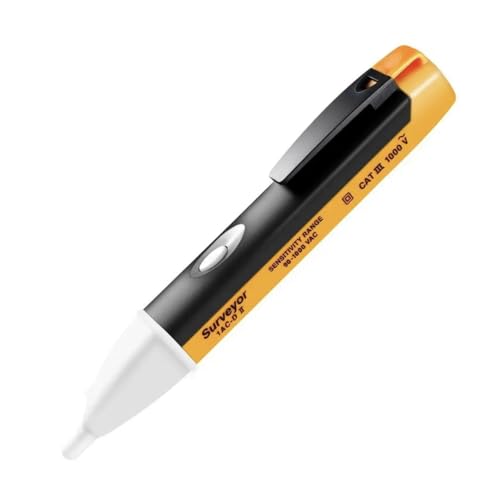- Joined
- Feb 5, 2009
- Messages
- 5,612
- Reaction score
- 1
Hi,
Reading some notes and ive got max Ze's being 0.35 ohms TNCS, 0.8 ohms TNS & 21 ohms for TT but have read on forum and elsewhere that max Ze for TT is 200 ohms so where does the 21 ohms come from?
Thanks
Matt
Reading some notes and ive got max Ze's being 0.35 ohms TNCS, 0.8 ohms TNS & 21 ohms for TT but have read on forum and elsewhere that max Ze for TT is 200 ohms so where does the 21 ohms come from?
Thanks
Matt
































































